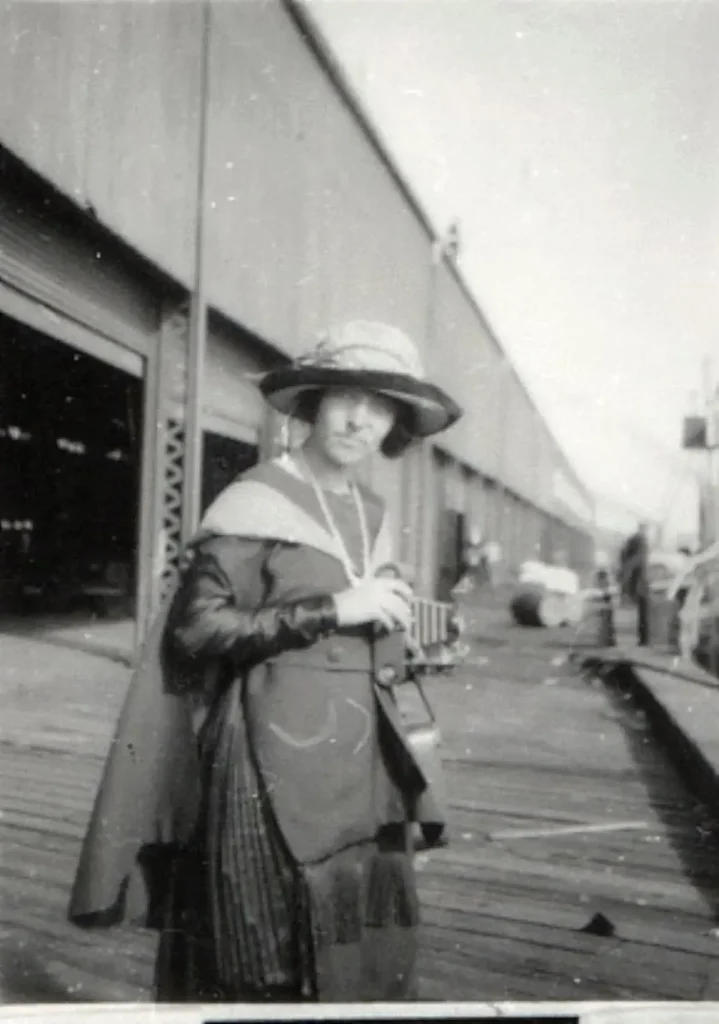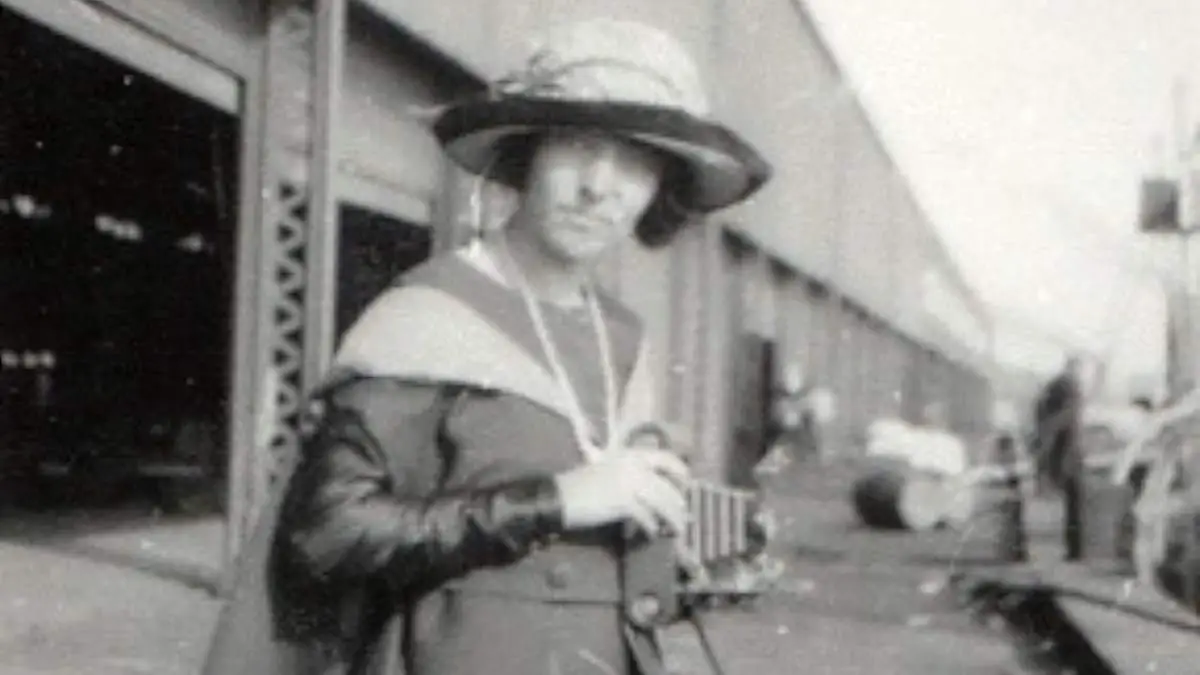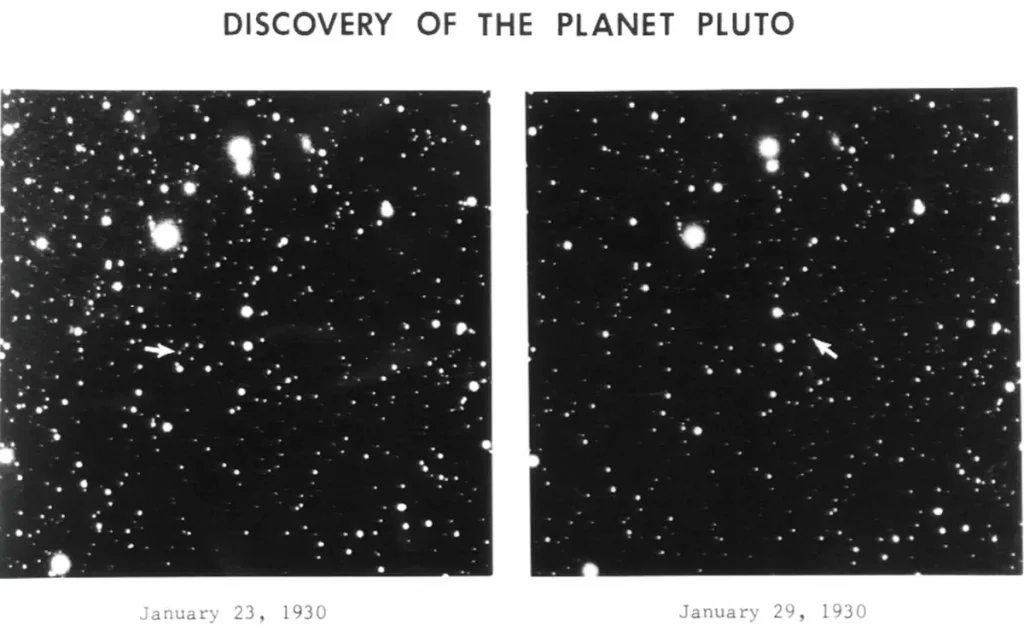Elizabeth Langdon Williams, born in 1879 in Putnam, Connecticut, was more than just an early female graduate of the Massachusetts Institute of Technology (MIT). She played a crucial role in the quest to discover Planet X, now known as Pluto. In an era before the dawn of electronic computers, Elizabeth was a leading figure among “human computers” – skilled individuals, often women, who manually performed intricate calculations. Williams’ unmatched mathematical acumen guided teams in their celestial searches, laying foundational work for the eventual identification of Pluto in 1930. As we marvel at today’s advanced machines, it’s essential to remember pioneers like Williams, who blended intellect and precision at a time when the human mind was the most powerful computing resource.
Early Life and Education
Elizabeth Langdon Williams was born on February 8, 1879, in Putnam, Connecticut, to Elizabeth Brigham and Louis M. Williams. With a twin, Robert Longfellow Williams, and two other siblings, Henry Trumbell Williams, and Ursula Louise Williams, her family was lively and full of potential.
Elizabeth’s academic prowess became evident when she graduated from the Massachusetts Institute of Technology (MIT) in 1903 with a degree in physics. Not only was she one of MIT’s earliest female graduates, but she also marked her place in history by becoming the first woman to play an honored part during graduation. Her analytical thesis, “An analytical study of the Fresnel wave-surface,” was read aloud, leaving a strong impression on those present. Her unique ability to write cursive with her right hand and print with her left showcased her ambidexterity.
Marriage and Professional Journey
In 1922, Elizabeth’s path crossed with George Hall Hamilton, a London-born astronomer educated at Cambridge. The duo met at the Lowell Observatory in Flagstaff, Arizona, where Hamilton worked from 1917 to 1922. They eventually married, marking the start of both a personal and professional partnership.
Percival Lowell (March 13, 1855 – November 12, 1916), a renowned astronomer, hired Williams in 1905 to work in his Boston office. While she began her tenure editing publications, it wasn’t long before she was asked to employ her mathematical prowess as a human computer for his ambitious Planet X research starting in 1910.

The Quest for Planet X
Lowell’s observations led him to theorize that the mysterious Planet X influenced the orbits of the known celestial bodies, Neptune and Uranus. To pinpoint the location of this elusive planet, intricate calculations were necessary. In a time before modern calculators and computers, human computers, predominantly women due to the perceived unglamorous nature of the work, performed these intricate calculations manually. Williams, with her formidable skills, led this team of human computers.
Under her guidance, the team deduced where Lowell should direct his telescopic search based on the variations in the orbits of Neptune and Uranus. Despite her accurate predictions, the project faced a setback with Lowell’s demise in 1916.
It wasn’t until the late 1920s that the search resumed, with the American astronomer Clyde Tombaugh at the helm. Relying on the groundwork laid by Williams, Tombaugh identified an anomaly in a photograph of the sky. This discovery led to the official recognition of a new planet, named Pluto, in 1930.
Later Years at Lowell Observatory
Even after Lowell’s death, Williams remained dedicated to her work, relocating to Flagstaff in 1919 to continue her calculations at the observatory. However, her and Hamilton’s tenure at the observatory came to an unexpected end when they were dismissed by Lowell’s widow, Constance. The reason? The observatory deemed it inappropriate to employ a married woman.
Unperturbed, the couple found employment at an observatory in Mandeville, Jamaica, run by Harvard College Observatory. Here, they combined their talents to further astronomical research.
Retirement and Legacy
Tragedy struck in 1935 when George Hall Hamilton passed away. Following his demise, a widowed Williams returned to the US. She and her sister, Louise Ring, managed “Peaceful Acres,” a summer retreat home in Lebanon, New Hampshire. Elizabeth Langdon Williams lived a long and fulfilling life, passing away in 1981 in Enfield, New Hampshire, at 101.
The Evolution of Computers
Today, the term “computer” is synonymous with electronic devices capable of processing vast amounts of data swiftly. The invaluable contributions of human computers like Elizabeth Langdon Williams remind us of a time when intricate calculations required a blend of intelligence, precision, and perseverance. While electronic computers have replaced human computers, the legacy of pioneers like Williams serves as a testament to the undying human spirit and intellect.
Sources
- Elizabeth Langdon Williams on Wikipedia
- “Meet the unknown female mathematician whose calculations helped discover Pluto” on Space.com
- Elizabeth Langdon Williams on Lowell Observatory Library & Archives website
- Space Shuttle Endeavour’s Touchdown Meets Columbia’s Salute [An amazing photo from the past] - February 29, 2024
- Moon Landings: All-Time List [1966-2024] - February 23, 2024
- From Orbit to Ordinary: 10 Earthly Applications of Space Technology - January 23, 2024

